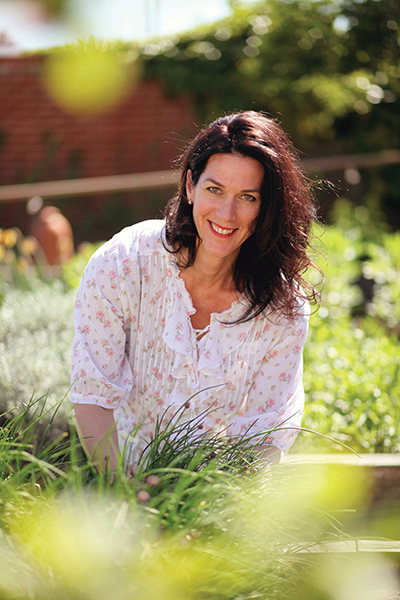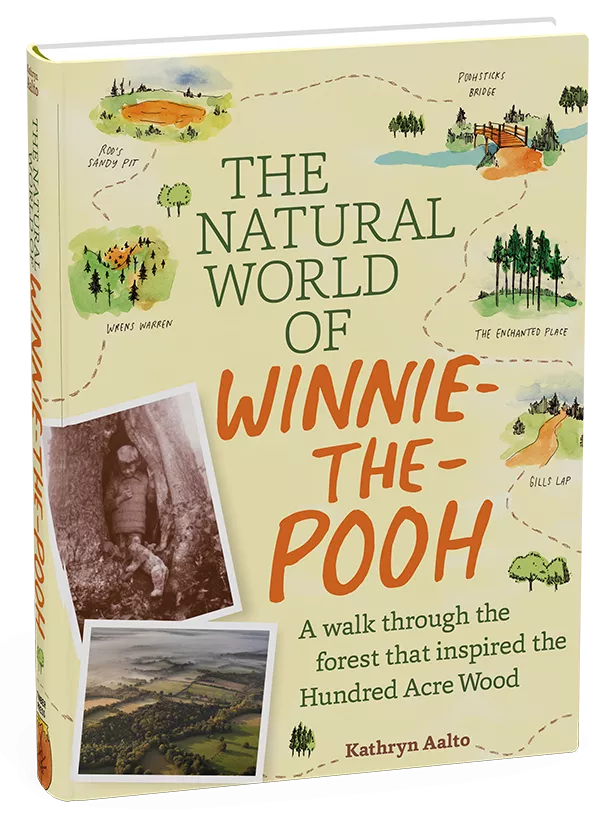What did John Miles, professor emeritus of Environmental Studies, teach you about nature writing?
Professor John Miles was a pivotal person in my learning and career, and remains one of my Favorite People of All Time. In his American Literature of Nature and Place course, I learned that a lot of nature writing is delving into ‘sense of place,’ that an invisible layer of memories, history and emotions cover the physical landscape in front of us.
Has Winnie-the-Pooh’s natural setting helped the story endure for 100 years?
The real setting of the Hundred Acre Wood is Ashdown Forest, a wild heathland and woodland located about 30 miles south of London in East Sussex. It is the largest heathland in England and rare flora and fauna grow there. I liken the conservation laws protecting the forest to be as high-security as the crown jewels! The protection of this natural setting actually conserves the literary landscape made famous by A. A. Milne in the tender adventures of Winnie-the-Pooh and his chums.

